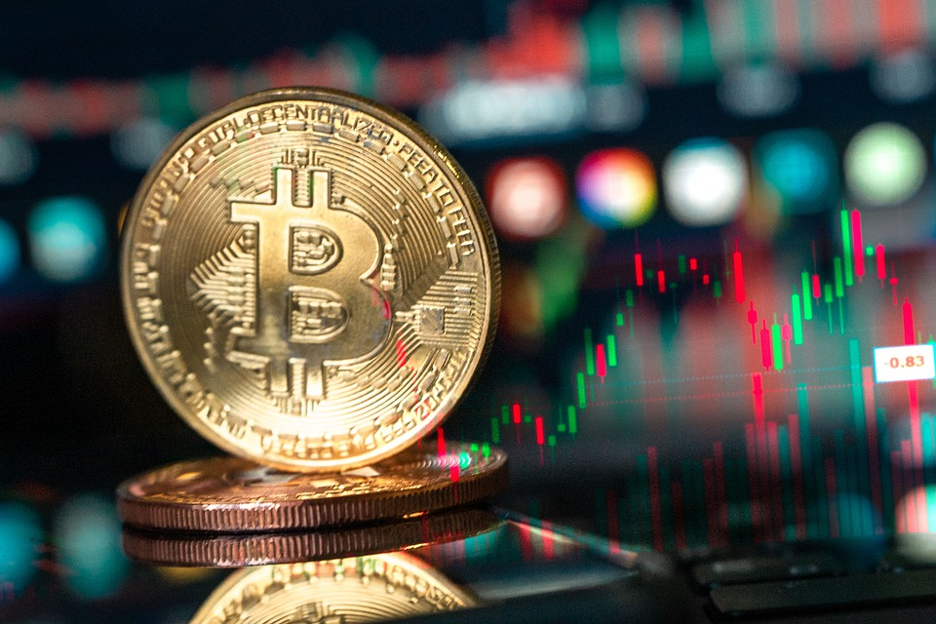In the past, cryptocurrency was a little-known part of the financial landscape. But times have changed, and the crypto market has become common knowledge, from being promoted by major artists and celebrities to running commercials on primetime television alongside ads for banks and insurance companies.
The truth is that buying crypto is not that different from other high-risk ventures. The rule of thumb is still to stay patient and avoid spending money you can’t afford to lose on investments; make sure your other financial bases are covered.
If you’re still on the fence about getting into the crypto game, there are some things you need to first consider. In this article, we’ll go over some preparatory steps that will make for a smoother, safe entry into the cryptocurrency world.
Doing the Reading
Acquiring, holding, and selling cryptocurrencies has been simpler in recent years, thanks to cryptocurrency exchanges like Coinbase and broker hubs like Bitcoin Loophole. But if you don’t trust the exchange to keep your money safe, you’ll need to conduct some study into how digital wallets function and which one is ideal for your needs.
It’s also helpful to know what blockchain technology is, how competitors are using it, and which products are most likely to succeed. To add insult to injury, investors should keep a lookout for warning signs in the cryptocurrency market. The cryptocurrency market is infested with coins with no use cases and, in many instances, are outright scams.
To understand how a cryptocurrency works, you don’t need to be an expert in coding. Another option is reading the white paper, which is generally written in technical language and provides an overview of how the network will function.
For example, Ether may be used as a form of payment or compensation for people that assist in maintaining the Ethereum network. To facilitate the execution of smart contracts, which may be settled automatically when specific criteria are satisfied, the network is designed in this manner.
It’s also imperative to consider the distribution of the cryptocurrency’s supply and if there is an upper limit to its circulation, as this will provide a clear picture of how the coin’s value will change over time.
Having the Means to Invest
A typical rule of thumb is that if you decide to invest in crypto, you should keep it to a modest proportion of your whole portfolio—five to ten per cent is a good starting point.
It is not recommended to invest in crypto before achieving both your short and long-term financial objectives. Potential investors should pay off all of their consumer debt and make sure that they’re investing enough to get their companies’ matching contributions to retirement plans.
Furthermore, it is not necessary to make a significant financial investment in order to purchase cryptocurrency. A dollar or less may be used on several internet exchanges, so you try, for example, putting aside a few extra dollars each week to get started with crypto.
Diversifying Your Portfolio
There is one inherent risk with all cryptocurrencies: blockchain technology is very new, and no one knows for sure if it will achieve the economic gains that its advocates are banking on it to bring. Any investment in cryptocurrencies is a bet on a future where transactional assets and data would be increasingly housed and communicated on an underlying blockchain.
Even if blockchain does match the expectations of investors, there will still be cryptocurrencies that fail, so you should spread your money out across a variety of assets you feel will have long-term growth potential. Cryptocurrency investors don’t have many alternatives like mutual funds or other investment vehicles that give them access to a wide range of assets.
Besides a new Bitcoin-linked ETF, there are a number of exchange-traded funds that concentrate on blockchain-related firms. Several alternative crypto ETFs have also been suggested, but none have yet been authorised.
You should try diversifying your finances regardless of how you handle cryptocurrencies, and alternative investments should normally only make up a tiny percentage of that.
![on-making-your-first-cryptocurrency-purchase-[moves-to-improve-the-experience]-–-gary-skentelbery](https://black-coin.com/wp-content/uploads/2022/09/21898-on-making-your-first-cryptocurrency-purchase-moves-to-improve-the-experience-gary-skentelbery-680x330.png)


No Comments Yet